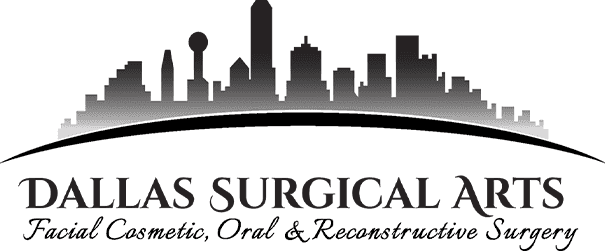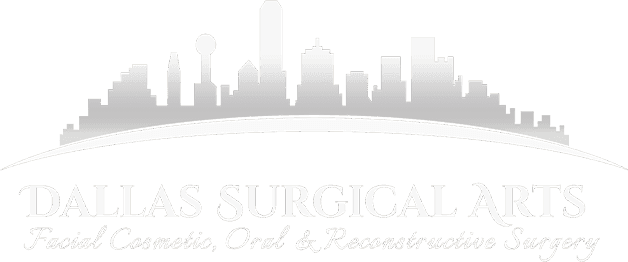Do you have facial deformities that are affecting your bite, breathing, or confidence? Are you looking for a way to correct jaw asymmetry? If so, orthognathic surgery may be the answer. Surgical procedures are commonly used to correct facial deformities, such as the misalignment of the jaw, condylar growths, and other condyle deformities. In this blog, we will explore aspects of orthognathic surgery in Dallas, including the understanding of the mandibular condyle, what causes condylar growths, and how to correct them.
Understanding the Mandibular Condyle
The condyles are the bony structures at the back of the jaw and are an important part of the temporomandibular joint (TMJ) which allows us to move our jaw in various directions. Condyles are integral to jawbone stability and have a significant impact on facial form. Condylar growths or deformities can cause the jaw to misalign and interfere with occlusal (bite) stability. As a result of condylar issues, you may experience pain and stiffness in your jaw.
Understanding Abnormal Condylar Growths
Hyperplasia is an abnormal enlargement of the condyles and is usually caused by a continuous, excessive growth of one or both condyles. A shorter mandible on one side of the face is indicative of condylar hypoplasia, or the underdevelopment of a condyle. When there is an abnormal development of these structures, it is often attributed to condylar resorption or irregular genetic condylar growths. If left untreated, these abnormalities can cause intense pain and discomfort, as well as limit jaw movement and lead to severe malocclusion and other serious jaw problems. The cause of condylar abnormalities can vary depending on the individual. In some cases, the cause may be genetic, while in other cases, it may be the result of trauma or disease. Other common causes of condylar abnormalities include infection or the natural aging process.
Treatment for Condylar Growths
TMJ symptoms and condylar deformities are often diagnosed based on history and physical examination findings. At your consultation, we will take various clinical images to assess your concerns and create your treatment plan. When treating patients for condylar growths or other TMJ disorders, Dr. Randy Sanovich uses the latest diagnostic equipment such as cone beam CT scans to take precise imaging of the jaw. A cone beam CT scan (also known as a CBCT) allows us to see the bones in your jaw more clearly than traditional x-rays do. Dr. Sanovich will likely recommend an MRI scan or other testing to eliminate any other conditions that may be causing your facial asymmetry or pain.
A common surgical option for irregular condylar growths is orthognathic surgery. This is performed by an oral and maxillofacial surgeon like Dr. Sanovich, who will assess the patient’s condition and recommend the best treatment. Surgical approaches can involve the removal of bone and tissue from the condyles or the repositioning of the condyles. Often, a high condylar shave can improve the issues associated with condylar growths. This involves board-certified oral and maxillofacial surgeon Dr. Randy Sanovich shaving and removing part of the condyle to help correct these bone irregularities. During a condylectomy, the condyles are fully removed and the procedure will require the placement of surgical plates and possible bone grafting. Condylectomies and other condyle and TMJ procedures are complex and require a high level of skill and experience. Choosing a qualified surgeon like Dr. Sanovich at Dallas Surgical Arts is important for patient safety and delivery of optimal results.
In addition to surgery, other treatments for condylar growth may include orthodontic treatment to help move the teeth into a more symmetrical position. When seeking treatment for condylar issues, it is important to discuss all treatment options with Dr. Sanovich, as well as any potential risks.
Consultation for Jaw Surgery in Dallas
Condylar growths and deformities can take time to diagnose and treat, but with the help of surgical procedures, they can be corrected. The benefits of surgery include pain relief, improved oral health, improved facial symmetry, improved speech, and improved chewing. With proper treatment like surgical interventions, condylar growth can be successfully managed and the patient can experience improved jaw mobility, a more balanced facial appearance, and find pain relief. Orthognathic surgery in Dallas is performed by experienced and skilled surgeon Dr. Randy Sanovich.
We hope this blog has helped you understand more about condylar growths and how they can affect your oral health and quality of life. If you are experiencing any of the symptoms mentioned above, we encourage you to contact our office for a consultation with board-certified Dr. Randy Sanovich who specializes in oral and maxillofacial surgery as well as TMJ disorders and treatment options.
If you are interested in learning more about condylar surgeries in Dallas or would like to schedule an appointment with Dr. Sanovich, please contact us today at (972) 914-3660!


